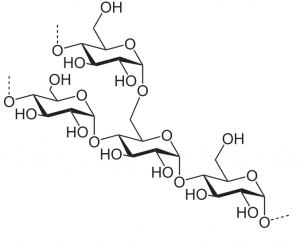
A branch point within a molecule of amylopectin. Three glucose residues linked 1 –> 4 with the top one branching off with a 1 — > 6 linkage.
It’s Starch Week on Beer and Wine Journal, and today’s topic is amylopectin. Amylopectin is one of the two components of starch, the other being amylose, which was covered on Tuesday.
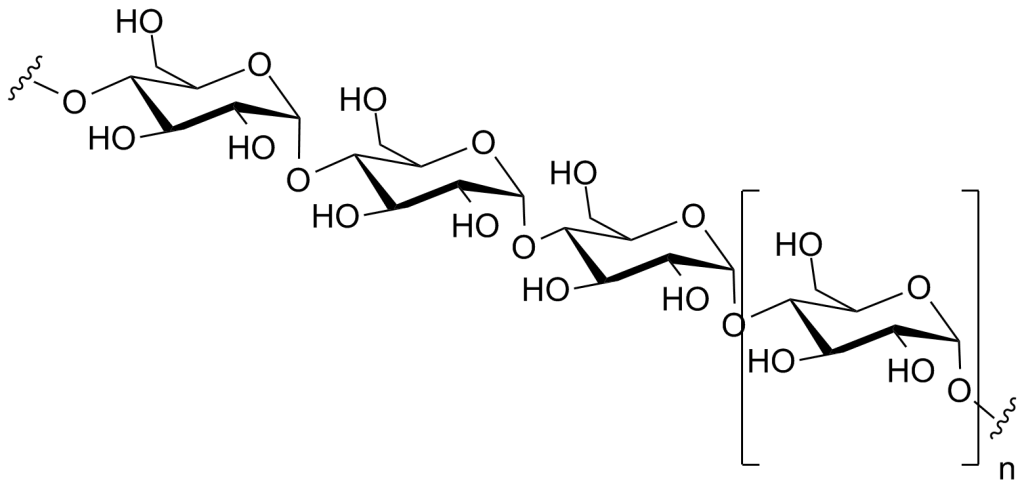
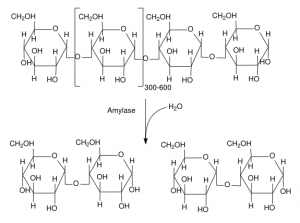
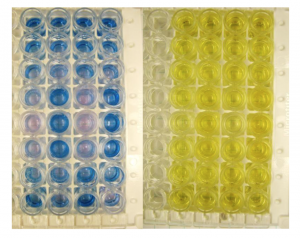

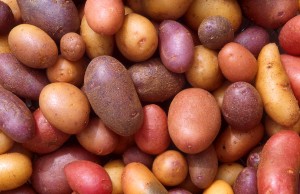

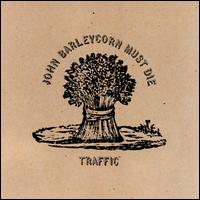
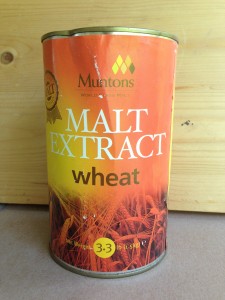

Recent Comments